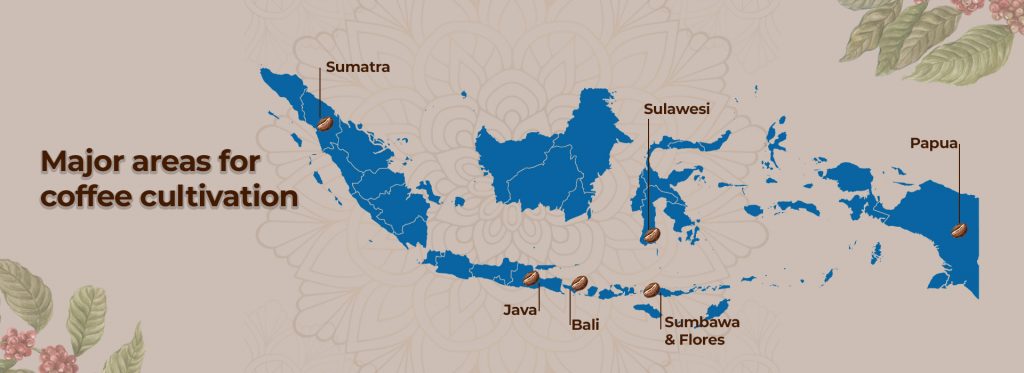How To Choose Green Coffee Beans
As coffee roasters, we aim to select the best coffee beans that we roast and accentuate their best characteristics, in order to provide the best roasted coffee beans to our customers. But the world of green coffee beans selecting and purchasing can be a bit overwhelming. How to select the perfect green coffee beans? In this article, we will give you the ultimate guide how to choose the right green coffee beans for our businesses.
Different Green Coffee Beans, Different Results
The first step to choose the right green coffee beans is to know the beans. There are so many green bean varieties available from around the world, each with different characteristics which affect both how you should roast the beans and how the coffee tastes. Here are some important points to consider when selecting the right green coffee beans:
1. Variety
The coffee species and variety have a strong impact on the brewed coffee. Coffee roasters should taste as many coffee varieties as possible, and pay attention to how they differ. Compare different varieties grown in the same region and the same variety grown across different regions, and notice how the variety can affect your cup.
2. Origin
The origin of the coffee determines the conditions on which the coffee plants are grown, such as: the climate, the humidity, the altitude and the soil quality of the area. All these factors greatly affect the beans’ aroma and flavor. To compare, roasters should start from big to small – tasting coffee from different countries, then narrow down to different regions in one country, before comparing the different coffees from various farms in one area.
3. Processing
Processing is how coffee beans are removed from the fruit. There are generally two common methods for processing, namely the dry processing and the wet processing. In the dry processing method, typically after picking the coffee fruits are left out to dry under the sun before removing the bean. This gives green coffee beans that have sweeter, more distinct flavour. Whereas in the wet processing method, the beans are removed from the fruit before the drying stage, which will result in less sweet green beans with cleaner acidity. Different regions have their own unique processing methods too, such as moonsooned, wet hull, experimental etc.
4. Storage
Green coffee beans should be stored in a cool and dry place without direct sunlight, to avoid mold and prevent the beans from drying out and losing flavour. Use the green beans as soon as possible to maintain freshness and brew that perfect cup for your customers.
To read about grading and classification of green coffee beans, read here.
The Next Step
Knowing which green coffee beans we like means a lot of coffee tasting before we decide which one is the right one for our businesses. Try a wide variety of different coffees, rate and take notes on acidity, sweetness, body or mouthfeel, and aftertaste. Comment on flavors and aroma as well.
The cost factor also plays a big part, since the price of the coffee we sell has to make sense for our customers. Some suppliers only sell in large quantities, we need to carefully consider inventory management to avoid losing money over unfinished stock that already lost its flavour.
Another factor we need to consider is the availability. Since coffee is an agricultural product, it has different seasons throughout the world for harvesting. Some green beans may be harder to find during a particular season.
Once we buy the green coffee beans, it is time to experiment with roasting. Try roasting the same lot with several different roast profiles to determine which one brings the best results. Evaluate the roasts by doing regular cupping sessions. To read our past articles about stages of coffee roasting and cupping, read here.
So, are you ready to get started?




